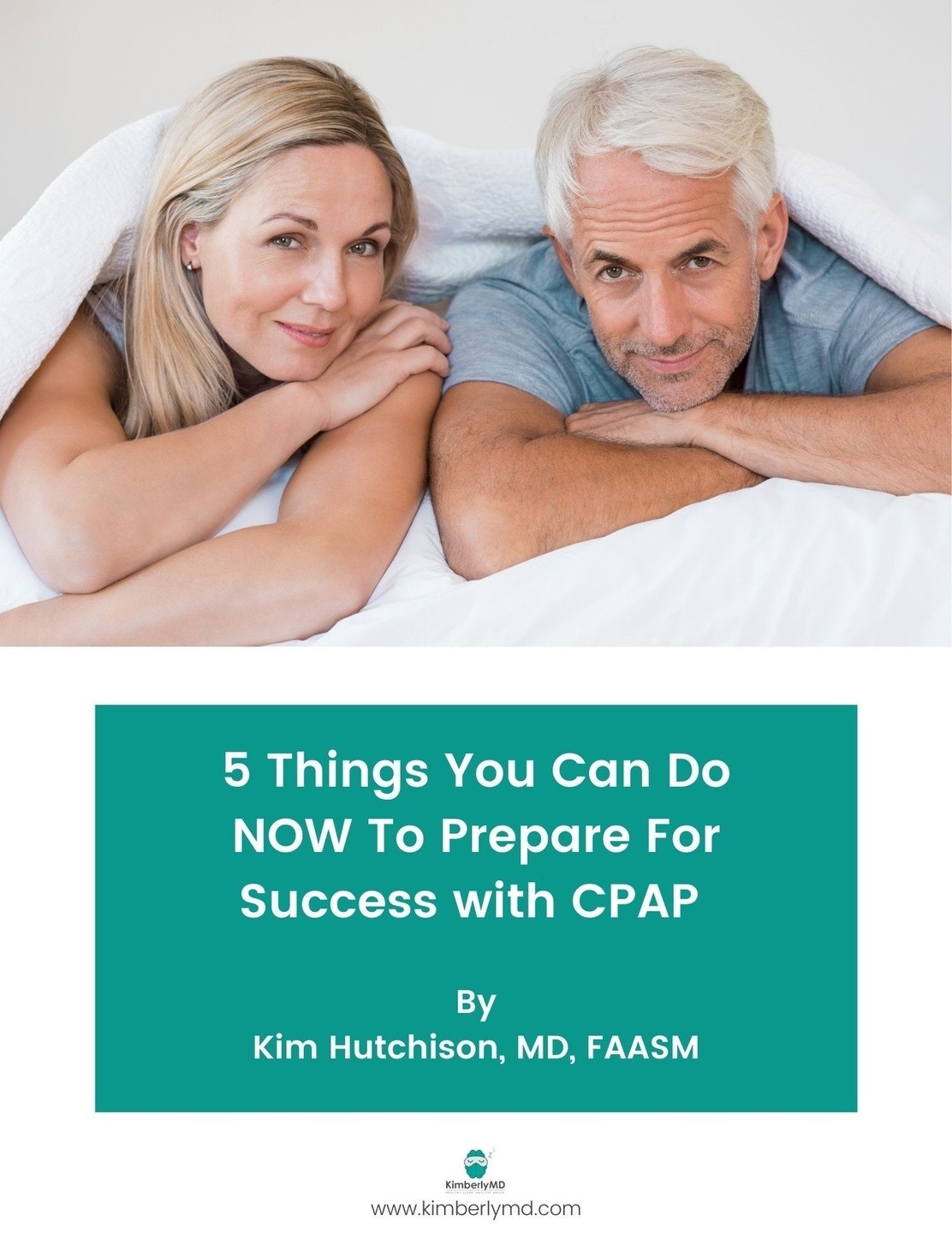What’s EPAP?
What Is EPAP?
EPAP = Expiratory Positive Airway Pressure. Instead of blowing air into your airway like CPAP, EPAP uses tiny nasal valves that let you breathe in normally but create gentle resistance when you breathe out. That back pressure helps support your airway during sleep.
Two Main EPAP Options
- Provent – Disposable adhesive nasal patches with built-in one-way valves.
- BongoRx – Reusable soft silicone inserts that sit just inside the nostrils.
Both are FDA-cleared for obstructive sleep apnea and both fit in your pocket—no electricity, no tubing, no noise. Super packable for overnights, camping, or long flights.
How Well Does It Work?
Research shows EPAP can help many people with mild OSA reduce breathing events—some studies report reductions of ~50% or more. In one 2011 Sleep journal study, Provent therapy lowered the apnea-hypopnea index (AHI) from an average of ~15 to ~5 in patients with mild to moderate OSA. Results vary, but that’s a meaningful improvement for the right user.
Important: EPAP is not a full CPAP replacement for everyone. Those with moderate to severe OSA usually still need standard therapy. But EPAP can be a backup, travel option, or adjunct for mild cases or in a pinch.
What About Dryness?
Good news: EPAP doesn’t blow air, so most people find it less drying than CPAP. However, it doesn’t add moisture either. If you have dry nasal passages (hello, desert hotel A/C), try:
- Saline spray before bed
- A portable bedside humidifier
- Short pre-bed steam inhalation
Mouth Leaks Matter
EPAP only works if your mouth stays closed—otherwise the gentle back pressure escapes. If you’re a mouth breather or tend to leak air, you’ll want support.
That’s one reason I created the SomnoSeal: a comfortable, low-bulk aid that helps prevent mouth breathing during sleep—useful with EPAP and with nasal CPAP masks. (If you’ve been battling dry mouth or leaks, this may help.)
Should You Try EPAP?
Consider discussing EPAP with your sleep medicine provider if:
- You have mild OSA (or well-treated OSA on CPAP and want a travel backup).
- You struggle with CPAP some nights but still want some airway support.
- You travel light and need a no-power, no-mask option.
If you're interested in trying EPAP, you'll need a prescription from a qualified provider that specifically mentions an EPAP device—once you have that, you can order it from a DME (medical equipment company that gives you a CPAP) or an online supplier. Cost is variable and is generally out of pocket or with a healthcare spending account (HSA).



